
Power cords make no difference, right? If you’re pretty sure they don’t, you’re in good company. There are plenty of people who believe that interconnects and speaker cables make no difference either – they either work or they don’t.
Well if you fall into this group, you may not like what follows. The only point in reading will be to see just how wrong I can be, and whether my writing style entertains or falls flat.
This review isn’t for the disbelievers. It’s for those of you willing to suspend your disbelief, those who might be interested in what two leading high end cable manufacturers have done with the humble power cord, and whether you should be persuaded to spend thousands of dollars to implement their solutions in your front room.
I’ll be looking at three very different styles of product in this review.
The first, in three quality grades, comes from the Dutch company Crystal Cables. Their Piccolo, Standard and Ultra Power cords will set you back $628, $1256 and $4126 respectively for a two metre length. These cables are slender and elegant, audio jewelry, capped by expensive connectors. Their slim profiles hide some very high technology. Gold is injected into the high purity silver conductors to fill the gaps between the silver crystals, leading to a remarkable improvement in conductivity. This allows the use of narrow diameter conductors carrying the equivalent of much wider diameter silver or copper conductors. The resulting alloy also shows much improved malleability, greatly reducing the micro-fractures to which traditional silver or copper cables are so prone to under bending. Since there is much less need to protect the wire against sharp bending, the cable wrap can also be much thinner, all leading to a slim elegant design.
All Crystal Cables are based on thin coaxial threads. They use a new technique to perfectly align the metal crystals along the length of the conductor. The ultra thin solid core conductor is surrounded by a dual layer helically wound film of flexible Kapton insulator covered by a pure silver shield and a transparent Teflon jacket.
The power cord is constructed as a truly balanced system. In the Piccolo and Standard, two coaxial cables are twisted to achieve the needed amount of conducting wires. The two conductors provide positive and negative, and the two shields together are connected to the ground. The Ultra Power cable uses four conductors, connected in pairs, and the ground has a lot of shield.
These cables feature an acrylic cover and eye catching plugs and connectors, all presented in jewelry bags and boxes. The individually numbered Ultra Power Cords feature Rhodium-plated Furutech 15A FI-25 High End Performance Power Connectors while the cheaper cables use Marinco connectors.
MIT’s Oracle AC1 cables ($2620 for 2 metre lengths) are of the hosepipe variety and incorporate a patented Z-Series parallel-tuned filtration network in a sturdy aluminum box positioned in the middle of the cable. MIT aims to remove all the pollutants that ride along with the pure 60 Hz mains cycle that you need to feed your equipment. Those pollutants include other frequencies piggy-backed on the power cycle as well as radio frequency waves in the air all around us and signals injected back into the power supply from other connected equipment. The network also provides power factor correction. The cable itself features low resistance silver clad conductors with a dielectric constant over 25% lower than Teflon. Z-Circuitry is claimed to deliver pure, clean power that lets audio and video equipment run cooler and more efficiently, extending component life. It is designed not to restrict the flow of current or distort AC like ordinary filters or transformers.
If the Crystal Cables make a physical statement of slimness, flexibility and elegance, then the MIT with its 3-inch circumference stiff black cable and aluminum filter box is the heavyweight bruiser. You should only consider this cable if you have room for it behind your equipment rack – it needs space and lots of it. I had to move my equipment to a backup rack because there’s no way it would fit in my standard equipment cabinet. But boy it looks impressive.
Finally, to keep things interesting, we’ve included generic zip cords like you’ll find included with almost every piece of electrical equipment you can buy.
My tests involved using a pair of each type of cord – one for the SACD player (EMM Labs CDSA SE) and one for the integrated amp (Perreaux R200i). High end interconnects and speaker cables (Nordost Valhalla) feeding high resolution speakers (Wilson Benesch Act 1s) should reveal the differences between these power cords, if there are any.
If price is any guide, the Crystal Cables Ultra Power Cords at $4126 each should run rings around the other cables, and that’s exactly what I found. They reach way down low and way up high with ease, while throwing a 3 dimensional image that makes you want to reach out and touch the performers. Forget about hifi – listen to the music. Instrumental colour is rich, vocals are realistic and it’s easy to make out the words. There is space around each instrument and a wonderful sense of timing and interplay between the performers, allowing you to relax into the music and be carried away. At this price, anything less would be unacceptable of course. Let’s say that these power cables reveal the capability of the rest of the system while representing for most of us a price we are not prepared to pay.
So what do we lose by opting for less expensive cables? Let’s stay with Crystal Cables for the moment. The Standard cables at $1256 are slimmer and more flexible still than the Ultras. The immediacy of the performance drops, placing you further back in the concert hall, and the tightly controlled bass loses some of its grip, while the top end is a little more brittle. Colour and imaging are very close to the Ultra’s level, and the Standard brings superb musicality to a much wider audience. At exactly half the price of the Standard, the svelte Piccolo retains much of the magic of its bigger brothers. The fine detail, holographic imaging and immense musicality survive the budget cut intact. You lose a bit in low frequency slam, you’ve moved a few rows back again in the stalls and the excitement level is somewhat reduced. In terms of value for money, this is surely the sweet spot in the range. If you don’t make side by side comparisons against the Standard or Ultra you’ll be a happy camper. If you do, you’ll probably find the law of diminishing returns applying here in spades.
The MIT cables look startlingly different – but how do they sound? In a word – beautiful. In a few more – lush, romantic, smooth, warm, refined. I enjoyed them very much, like moving from solid state to tubes, from digital to analog. I particularly like the way the image fills out the space between and behind the speakers and what they do for ensemble playing of small groups of stringed instruments. Along with these strong pluses there is a noticeable reduction in the precise attack and passion that the Crystal cables reveal. The bass is full and tuneful, slightly reduced in pace, but the extreme treble does not breathe as freely as the Ultras or my personal reference, the Nordost Valhallas. Overall I sensed a presentation not quite as accurate as the various Crystal cables, particularly the Ultras, but I can also see that on many early digital recordings the MIT will provide a warmer and more enchanting view of the soundscape, leading to a more enjoyable ride. The same may be true on all types of material if your system veers towards the analytical side of the spectrum, as many silicon based electronics do. I’m not a big advocate of using cables as tone controls to correct imperfections elsewhere in the system (two wrongs rarely make a right), but here are two excellent product lines with different strengths and your preferences may be very different from mine.
I wish cables of this quality were less expensive. There is a great deal of highly skilled engineering and expensive materials behind these products and the research and development time both companies invest before a product comes to market is much greater than you might expect. I also wish that I could point you to alternatives that could do the same job without leaving such a hole in your pocket. There are lots of good inexpensive cables but none that I’ve heard match the Piccolo. Rest assured there are also more expensive alternatives out there that make both the MIT and the Ultra look like bargains. I encourage you to listen for yourselves, preferably at home if your dealer is willing to indulge you. Cables should be run in for maximum performance, the optimum time depending on the construction. Crystal Cables require just a couple of days to settle in while MIT Oracle AC1s need considerably longer to give of their best. I gave all the review samples weeks of continuous play before final auditioning. The improvements were palpable.
What about those zip cords? Awful, just awful! The music is drained of excitement, bleached of color, and the image collapses towards the speakers. It isn’t really music any more. A piano is not recognizably the same instrument you hear on stage, voices are flat and uninspiring, and you won’t feel like listening for extended periods. Forgedaboutit!
If I can’t recommend zip cords in absolute terms, do they deserve a recommendation on the value for money scale? I’d have to say no. They simply don’t allow your precious system to reproduce music in a convincing fashion and there are plenty of inexpensive cables that can a whole lot better for under three figures.
Welcome to the world of exotic cables!
Crystal Cable
www.crystalcable.com
Crystal Power Piccolo (2m): $628
Crystal Power Standard (2m): $1,256
Crystal Power Ultra (2m): $4,126
Crystal Cable Canadian Distributor:
Audio Basics Inc. 1 877 92-AUDIO
www.audiobasics.com
MIT Cables
www.mitcables.com
MIT Oracle AC1 (2m): $2,619
11 Comments
Leave A Comment
You must be logged in to post a comment.

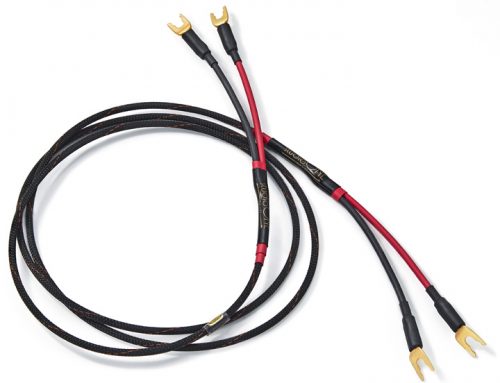
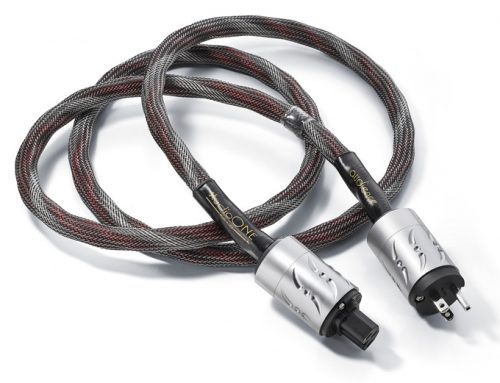
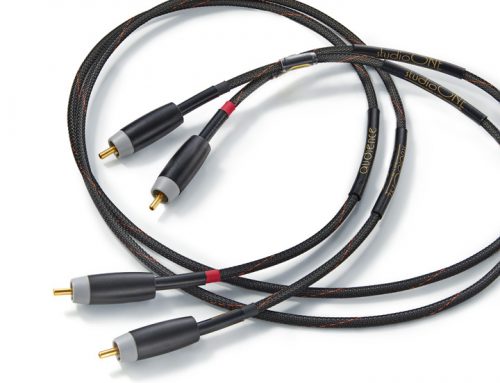
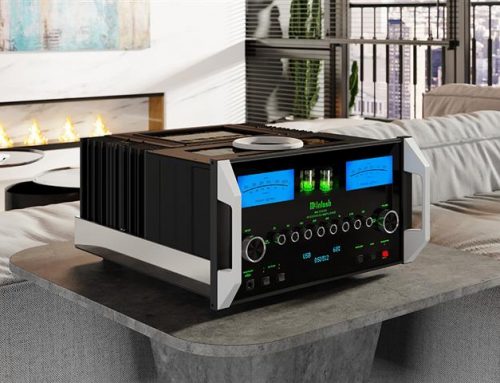
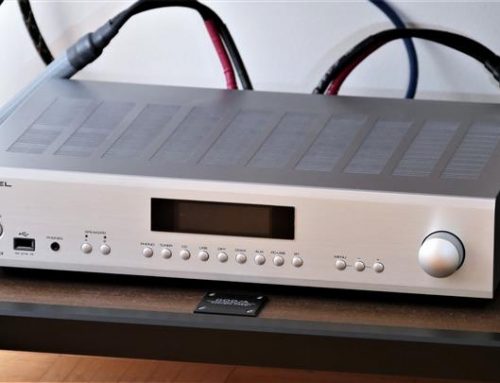
… [Trackback]
[…] There you can find 98429 more Info to that Topic: novo.press/power-cords-group-test-crystal-cables-mit-and-generic-zip-cord/ […]
… [Trackback]
[…] Info on that Topic: novo.press/power-cords-group-test-crystal-cables-mit-and-generic-zip-cord/ […]
… [Trackback]
[…] There you can find 30085 more Info on that Topic: novo.press/power-cords-group-test-crystal-cables-mit-and-generic-zip-cord/ […]
… [Trackback]
[…] Read More on that Topic: novo.press/power-cords-group-test-crystal-cables-mit-and-generic-zip-cord/ […]
… [Trackback]
[…] Here you will find 9140 additional Info to that Topic: novo.press/power-cords-group-test-crystal-cables-mit-and-generic-zip-cord/ […]
… [Trackback]
[…] Information to that Topic: novo.press/power-cords-group-test-crystal-cables-mit-and-generic-zip-cord/ […]
… [Trackback]
[…] Read More on that Topic: novo.press/power-cords-group-test-crystal-cables-mit-and-generic-zip-cord/ […]
… [Trackback]
[…] Information on that Topic: novo.press/power-cords-group-test-crystal-cables-mit-and-generic-zip-cord/ […]
… [Trackback]
[…] Information to that Topic: novo.press/power-cords-group-test-crystal-cables-mit-and-generic-zip-cord/ […]
… [Trackback]
[…] Find More on on that Topic: novo.press/power-cords-group-test-crystal-cables-mit-and-generic-zip-cord/ […]
… [Trackback]
[…] Read More Information here to that Topic: novo.press/power-cords-group-test-crystal-cables-mit-and-generic-zip-cord/ […]